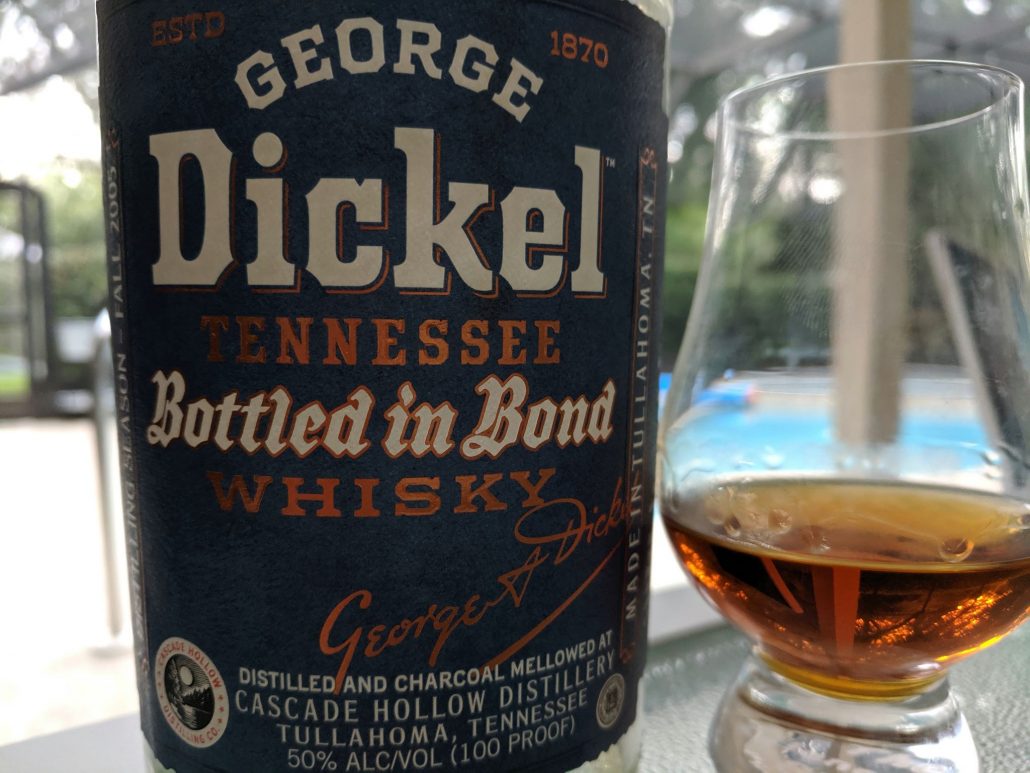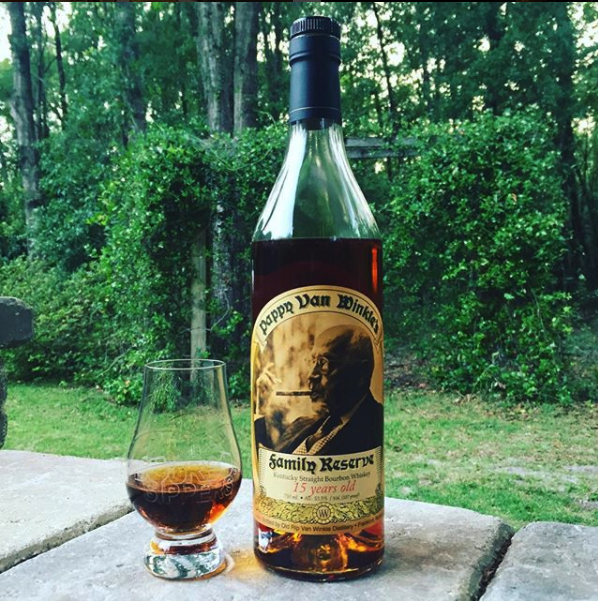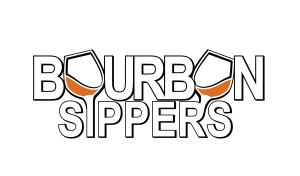Head-to-Head Tennessee Titans: George Dickel Bottled in Bond vs. Jack Daniel’s Old No. 7
Joe Cornwall, a guest contributor for the Slurred Speech blog shares a side-by-side review of George Dickel Bottled in Bond vs. Jack Daniel’s Old No. 7. Grab a glass and follow along!
In May of this year, I saw an announcement about the imminent release of a new whiskey. It was a bottled-in-bond expression, and that always gets my attention. What really grabbed me was the age statement on this new release; 13-years with a suggested retail under $40! There was no way this wasn’t ending up in my liquor cabinet!

Until I purchased this bottle, I don’t think I’d ever tasted any George Dickel Tennessee Whisky (Dickel stands by the traditional Scottish spelling). To give this review some perspective I needed to compare the George Dickel Bottled-in-Bond to a reference whiskey. The reference brand couldn’t have been more obvious.
Almost every serious whiskey drinker has at least tried Jack Daniel’s. When the words “Tennessee” and “whiskey” are in the same sentence it’s almost always a reference to the 4th bestselling spirit in the world. While I’d never had any George Dickel before this bottle, I’ve had some Jack over the years. I enjoy Gentleman Jack on ice a few times a year, and a Jack & Coke is a safe bet on a flight.
Is Jack Daniel’s Bourbon?
Let’s get something out of the way right upfront. Tennessee whiskey is bourbon. It meets all the other requirements including a mash bill of a least 51% corn, aged in new, charred American oak barrels, distilled to no more than 160 proof, bottled at 80 proof or higher, etc. Both expressions examined here are classified as Tennessee whiskey, hence they are also bourbons.
Although Jack Daniel’s meets the regulatory criteria for classification as a straight bourbon, the company disavows this classification and you won’t see “bourbon” written on the bottle. Brown Forman sells Jack Daniel’s solely as a Tennessee whiskey. As defined in the North American Free Trade Agreement (NAFTA), Tennessee Whiskey is classified as a straight bourbon authorized to be produced in the state of Tennessee. Tennessee law (57-2-106) further requires most (there is at least one exception) producers of Tennessee whiskey filter the spirit through charcoal made from maple wood prior to aging. This is called the “Lincoln County Process.”
The Lincoln County Process is an additional manufacturing step in which the whiskey goes through a charcoal filtration while it’s still White Dog, prior to barrel aging. For several days the distillate drips through sugar maple charcoal, removing impurities to ensure a “smooth” drinking experience. The whiskey may be charcoal filtered again after aging and before bottling. This dual filtration is what sets Gentleman Jack apart from its more pedestrian sibling.
Jack Daniel’s Old No. 7 has an interesting story behind its name. According to legend, Jack was originally assigned a district tax assessment number of 7. But while consolidating districts within Tennessee, they arbitrarily gave him the number 16. So as to not lose his customers, nor bend to the law, Jack began labeling his bottles ‘Old No. 7’. Officially no one knows if this is the true story, including Jeff Arnett, the seventh master distiller of the brand. Today Old No 7, is the jewel in the crown of the Brown-Forman portfolio.
The History of George A. Dickel
George A. Dickel the man was a German immigrant who founded the George A. Dickel and Company wholesaling firm in the latter half of the 19th Century. Victor Emmanuel Shwab, Dickel’s brother-in-law brought the company into distilling whiskey at the turn-of-the-century, only to see the business die with the onset of Prohibition.
The George Dickel we know today was established as a deliberate market competitor to Jack Daniel’s by the Schenley Distilling Company. Its first mash was produced in 1959 and its first bottles filled in 1964. Dickel’s home is in Cascade Hollow at what is now called the Cascade Hollow Distilling Co. which is part of the Diageo group, the largest producer of spirits in the world.
Bottled-in-Bond means that this whiskey must be distilled by the same distillery, in the same distilling season, aged at least four years in a federally bonded warehouse, and bottled at 100 proof. George Dickel Bottled-in-Bond, a 13-year old whisky, is the first product to originate from the creative mind and prodigious skills of master distiller Nicole Austin who came to Cascade Hollow Distilling from scotch whisky legend Tullamore D.E.W. in 2018
Onto The Notes
Now that we know a little of the fascinating backstory of these Tennessee titans, let’s explore what’s in the bottles. I compared these whiskeys neat from a Glencairn glass after allowing them to sit for 10 minutes after the pour. Let’s start with the Old No. 7
Jack Daniel’s Old No. 7 is bottled at 80 proof with no age statement. The mash bill includes 80% corn, 12% barley and 8% rye.
Both liquids are similar, with Jack Daniel’s being just slightly lighter in color. It is more gold than brass to its tone.
On the nose, I get a distinct acetone (nail polish remover) aroma over a banana-flavoring note. It’s not offensive, but it smells artificial to me. I don’t find the nose complex or involving. In a world where highly processed fast foods are a core dietary complement, this fits right in. Like the Big Mac of alcohol. Its weakness is evident upon comparison to a more mature, more complex liquid.
Tasting Jack Daniels Old No. 7, I get elements of sweet cinnamon gum, circus peanuts candy, and a slight warmth at the back of the throat. It has a short, weak finish with some vanilla and a little bite. Nothing about this is challenging. I might even call it boring.
I scored one of the first bottles of the George Dickel Bottled-in-Bond to make it to the Tampa region. It was released in select states in May and started showing up across the country by late June. Bonded Dickel comes from a mash bill of 84% corn, 8% rye and 8% malted barley. It is aged 13-years and bottled at the prerequisite 50% ABV.
Compared to Jack Daniel’s, the Dickel shows a slightly darker tone with a rich, rose-brass coloration.
On the nose, I get caramelized sugar, oak, and barrel char. It’s got some interesting things going on.
On the tongue, the increased proof of the Dickel is readily apparent. There are a nice bite and an engaging strength. The mouthfeel is creamy, almost oily. The oak barrel notes are forward without overpowering the flavor; no small thing for a whisky this old. I find it to be beautifully balanced. The flavor palate includes cherry cola, bananas, dark rum, cinnamon, and white pepper. There are notable banana and rum notes, reminiscent of a Bananas Foster dessert.
The finish is nicely tapered sweet, and warming.
Perhaps it was unfair of me to compare George Dickel Bottled-in-Bond with Jack Daniel’s Old No. 7. After all, Jack Black is almost exactly half the price. At 2/3 the price we have Gentleman Jack. I didn’t taste them side-by-side for this review, but I’ve found the Gentleman Jack tends to push the acetone notes aside and focusses more clearly on the underlying JD flavor profile. It’s sweeter, softer and less aggressive.
An even more apt comparison would be Jack Daniel’s Bottled-in-Bond, but that’s only available at duty-free travel shops and its 35% more expensive. Or at 25% more expensive we have Jack Daniel’s 100 proof Single Barrel. The closest current analog to Bonded Dickel is Jack Daniel’s Legacy at 43% ABV and $30. I’ll be sure to give it a go and continue the research.
There’s a reason Jack Daniel’s Old No. 7 is the best-selling American whiskey in the world. It’s approachable and easy to drink. It’s a whiskey for people who don’t really like whiskey (or at least don’t like a strong whiskey). You know how it tastes, and if you don’t you can get a pour at nearly any stocked bar in the world.
George Dickel Bottled-in-Bond is a horse… er, whisky… of a different color. It’s well-aged, full-flavored and legitimately complex. It is an excellent whisky, and it’s not a limited release. That means it might even sell for MSRP, unlike some other well-aged bottled-in-bond expressions that owned the $35 space for decades only to end up on the ‘tater list at double the retail and then some.
Make no doubt about it, I’m getting another bottle or two of this Dickel soon. You know, just in case… – JC

All of these Bourbons are Better than Pappy Van Winkle


The Top 10 Most Overrated Whiskeys

21 Reasons Why Your Bourbon Hobby is More Than a Hobby





